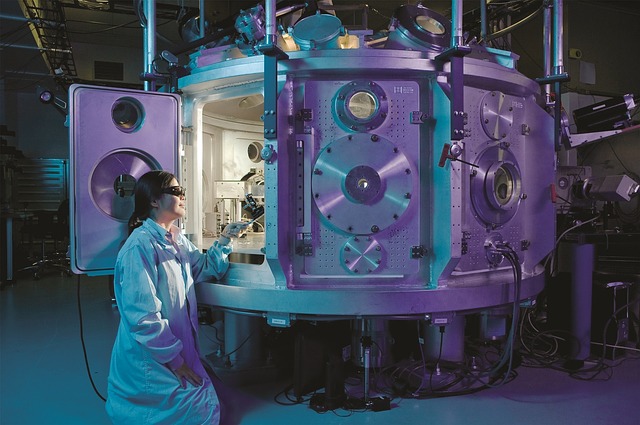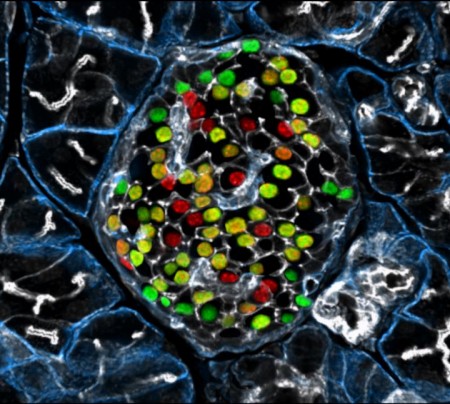Researchers at St. Michael’s Hospital have found a biomarker from fluid in the eye that predicts which patients will respond best to current treatments for diabetic macular edema, one of the most common complications of diabetes.
Their study, led by Dr. Rajeev Muni, a vitreoretinal surgeon at the hospital, was published online today in the journal JAMA Ophthalmology.
Diabetic macular edema is the accumulation of fluid in the macula, an area in the centre of the retina responsible for sharp, straight-ahead vision. The fluid buildup causes the macula to swell and thicken, which blurs vision. Dr. Muni said it is the leading cause of vision loss in people under the age of 65 in North America.
Treatment for diabetic macular edema has evolved dramatically in the last decade, but still requires a sometimes painful injection in the eye, in some cases as often as once a month.
Dr. Muni said that while this treatment has been a “game-changer,” preserving and even restoring vision in people who might otherwise have gone blind, some people respond to it better than others.
In his study, he took fluid samples from the front, or anterior, chamber of the eyes of 48 patients who were then treated with a ranibizumab injection (tradename Lucentis).
Continue Reading Below ↓↓↓
They found there were two molecules that were associated with who responded better to the injections than others.
The first, which was somewhat expected, was low levels of vascular endothelial growth factor, or VEGF, a protein produced in the eye when there is poor blood flow. Ranibizumab is known to bind to VEGF, reducing the amount of VEGF in the eye, meaning there is less leakage from blood vessels and less fluid accumulation.
But Dr. Muni said the biggest predictor of who will respond to treatment was high levels of a different molecule, ICAM-1, one of a group of molecules known as cytokines that both help cells communicate immune responses and stimulate the movement of cells toward sites of inflammation.
“Now we have a novel biomarker to determine who will respond best to treatment,” said Dr. Muni. “The prospect of ongoing injections in the eye is daunting for patients. The fact that we can now measure a protein in the eye that allows us to predict which patients are less likely respond to treatment, could lead to more personalized and tailored medicine and fewer injections. This could alleviate the treatment burden on patients and the health-care system.”
He said St. Michael’s was enrolling people for a bigger followup trial to determine the optimal interval between injection treatments based on the levels of these biomarkers.
The study received financial support from Novartis Pharmaceuticals Canada, Inc., which manufactures Lucentis, and the Retina Foundation of Canada.
Source & Photo Credit: St. Michael’s Hospital
Journal: JAMA Ophthalmology
Funder: Novartis Pharmaceuticals Canada Inc., Retina Foundation of Canada











